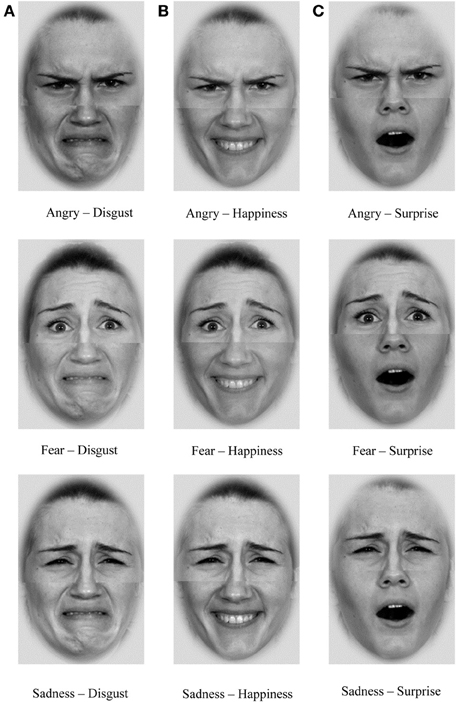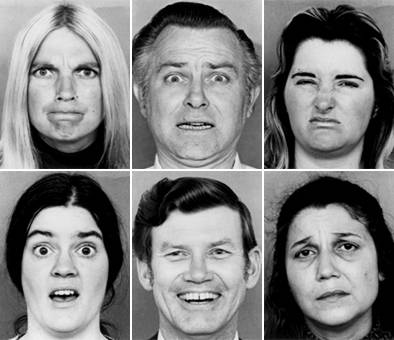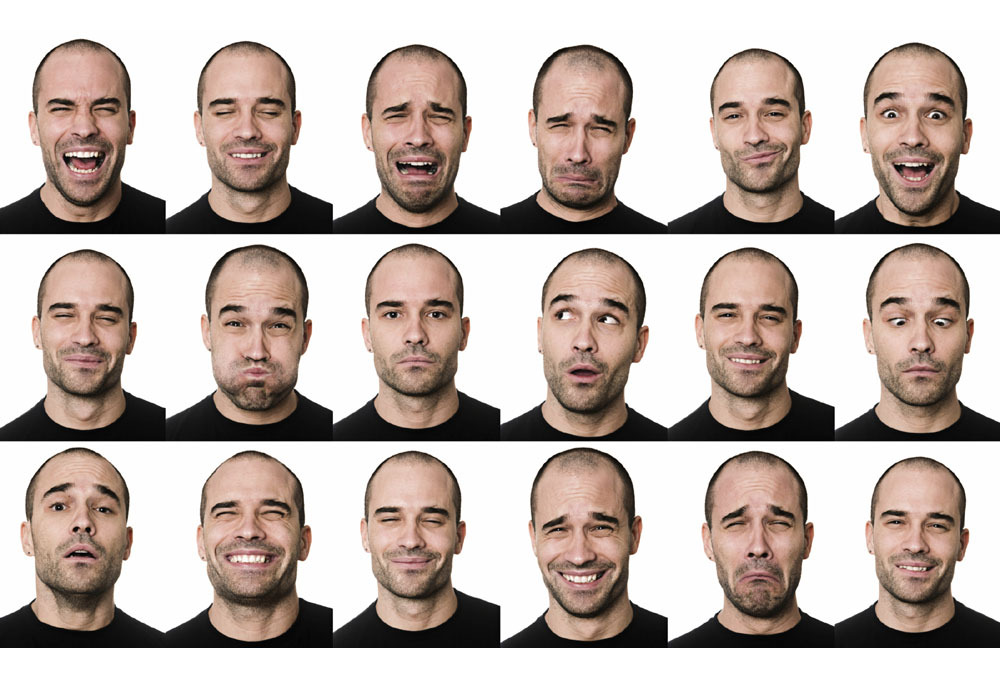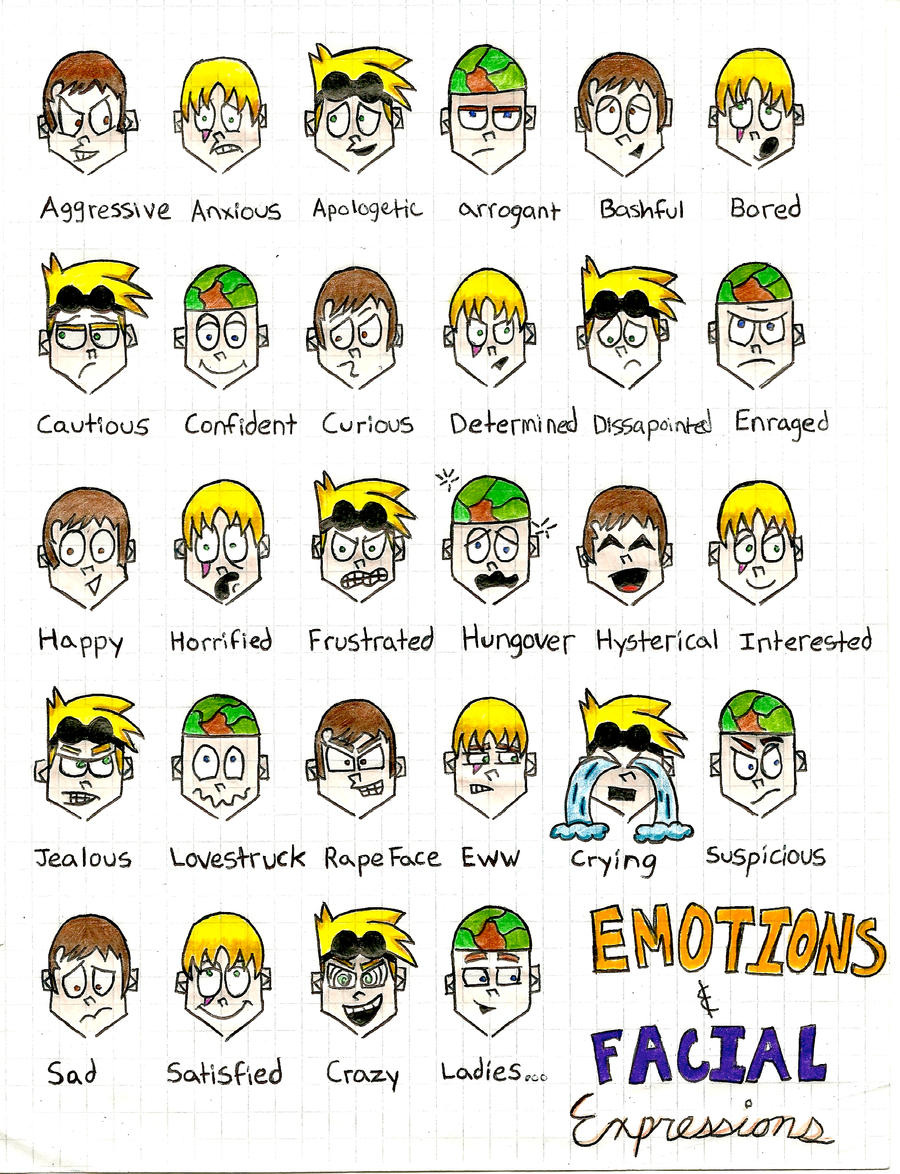In an attempt to provide a clear assessment of the theory that a purely physical facial change, involving only certain facial muscles, can result in an emotion, Strack, Martin, & Stepper (1988) devised a cover story that would ensure the participants adopt the desired facial posing without being able to perceive either the corresponding emotion
Learn what the different parts of our face say about us and why facial expressions may speak louder than words.
The face reveals both conscious and non-conscious reactions. Gain deeper insights into human emotional reactions via facial expressions.
Basic research leads to training programs that improve people’s ability to detect emotions.
Manual face coding is extremely time consuming. Save time and resources by automatically extracting action units, and spend your time analyzing data rather then collecting it. Have a big library of existing recordings? Batch upload all videos to iMotions and quickly extract all facial expression

Micro expressions are very brief facial expressions, lasting only a fraction of a second. Learn to spot them with training tools from the Paul Ekman Group.
Build smarter applications with the Emotion API from Microsoft Azure. Recognize facial emotions in images based on universal facial expressions.
Scientists believe humans have developed a natural empathy with s and can read their facial expressions








Facial expressions are vital to social communication between humans. They are caused by the movement of muscles that connect to the skin and fascia in the face. These muscles move the skin, creating lines and folds and causing the movement of facial features, such as the mouth and eyebrows.
Book Chapters. 1) Matsumoto, D. (in press). The role of emotion in escalating violent non-state actors to hostility. In A. Speckhard, L. Kuznar, T. Rieger, and L. Fernstermacher (eds.), Protecting the homeland from international and domestic terrorism threats: Current multi-disciplinary perspectives on root causes, the role of ideology, …
